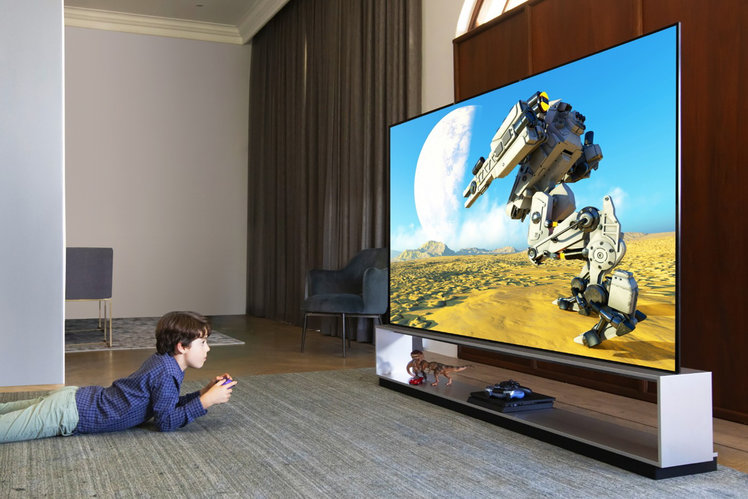
One of the big advancements both the PlayStation 5 and Xbox Series X/S are bringing to console gaming is 120fps.
While both are primarily aiming for stable 4K 60fps playback (1440p60 in the case of the Series S), they are all capable of upping the frame rate further. But, what caveats will come with that, and what do you even need to play games at their smoothest?
We explain all right here.
What is 120Hz gaming?
Faster frame rates have always been the holy grail for game developers, with certain types of games – shooters, racers, etc – benefitting greatly from the smoothest action possible. More frames per second on screen equates to a much smoother presentation and more responsive gameplay experience.
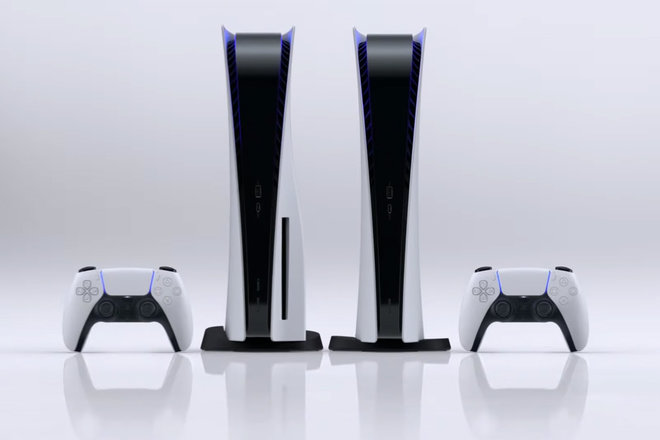
PC gamers are already au fait with extreme frame rates, with many games having unlocked fps so they can run as well as their hardware allows, but consoles have traditionally attempted to hit 60fps maximum. Most lock the frame rates at 30fps.
However, the next-gen consoles have the extra graphical grunt to go a step further and offer up to 120fps gaming. That effectively means that, for every frame you see on a standard Xbox One or PS4 game, you will see four on the PS5 or Xbox Series X/S. And that means action, such as a bullet fired from a gun or rival car coming across your bonnet, will be shown more acurately and can be reacted to faster.
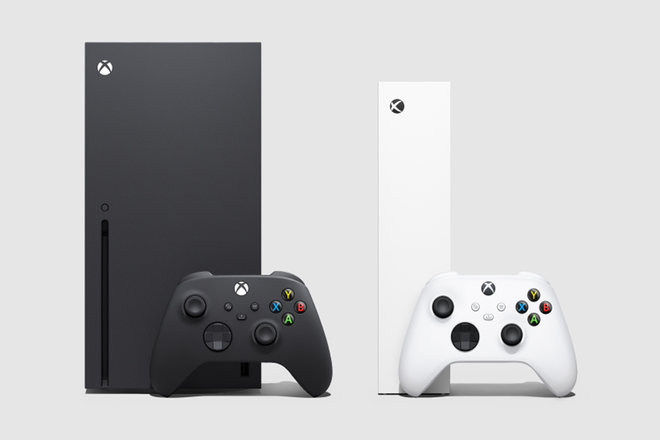
There are caveats. For starters, even with their graphical prowess, games running at 120fps on next-gen will have to drop resolution (normally to a maximum of 1080p) as a trade-off. Plus, you will need a TV or monitor with a refresh rate that matches the frame rate of the game. So you need to look out for a display with a refresh rate of 120Hz or more – so the TV can refresh the screen in sync with every frame.
What TV or monitor do I need for 120Hz gaming?
There are plenty of gaming monitors that sport a 120Hz refresh or more. However, there are far fewer TVs.
Indeed, only the most recent TVs are capable of 120Hz refresh rates and, even then, only a handful. LG has 120Hz on its flagship OLED TVs, Samsung offers the same on some of its QLED range-toppers, while Sony has ensured some of its sets are “PlayStation 5” ready.
There are two important factors in this. A TV needs a fast, responsive panel to refresh that quickly and they have only recently started to trickle onto the market. And, to be able to read the signal from either the PS5 or Xbox Series X/S, you need at least HDMI 2.0 connectivity (for 1080p at 120fps). HDMI 2.1 is needed for 4K at 120fps, but as we’ve said above, the consoles won’t be pushing 120fps at maximum resolutions – not initially anyway.
The best bet is to look at the spec sheet of any 2020 TV you are thinking of buying and, while you’re at it, check if the set also has support for variable refresh rates and a low latency mode – they’ll also be handy for next-gen gaming.
Here are a few TVs to check out (that do support 120Hz refresh rates):
LG OLED55CX
This TV has no fewer than four 120Hz-capable HDMI ports, which can even handle 4K 120fps.
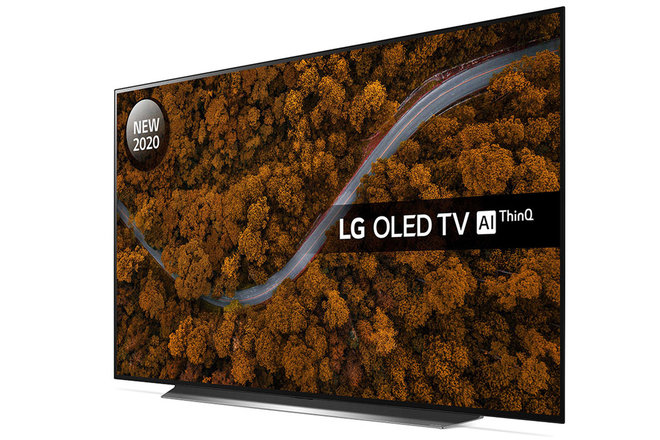
As we say in our review: “This is as significant to those of us who are twitching with excitement at the thought of their next-gen games console as the LG’s ability with ALLM (auto low latency mode), VRR (variable refresh rate), FreeSync, and HGiG HDR tone-mapping is. If you’re keeping gaming uppermost in your mind when selecting a new TV, this specification alone might have tipped the balance in the LG’s favour. Add in a response time (in Game mode) of around 13ms and the deal may already be sealed.”
Samsung 49Q80T
This Samsung is a decent shout for under a grand, all of its HDMI ports are compatible with 120Hz, with one of them capable of 4K120.
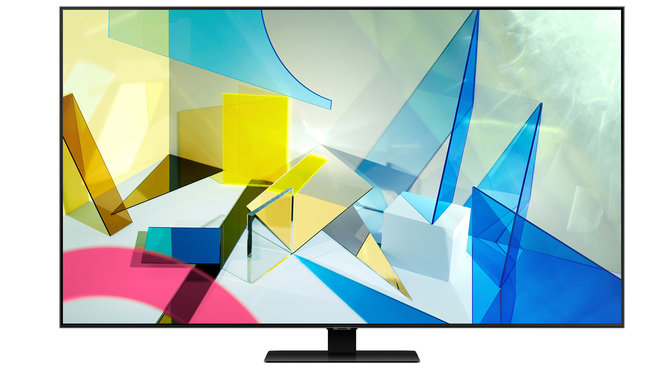
As we say in our review: “The HDMIs on the Q80T boast much of the feature set associated with HDMI v2.1. Here we get 4K support at 120Hz on one input (HDMI 4), as well as 4K at 60Hz across the board, eARC (enhanced Audio Return Channel) on HDMI 3, 2K at 120Hz, and VRR (Variable Refresh Rate) plus ALLM (Auto Low Latency Mode). There’s also FreeSync support for PC AMD gamers.”
Sony KD-75ZH8
We thought we’d chuck in an 8K TV for good measure, although the ZH8 is only capable of up to 4K at 120fps, rather than the full 8K.
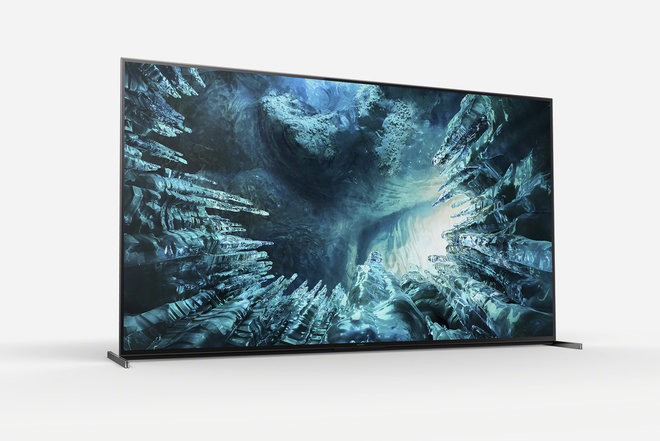
As we say in our initial review, it’s a full array LED TV, which means it comes with a full backlight arrangement that makes for great black levels and superb contrast. It naturally comes with Dolby Vision and Atmos, which are both important aspects of the Xbox Series X and S at least.
How can I check if my TV has 120Hz?
One way to check if your current set has a 120Hz input and screen refresh rate (if it doesn’t say in the manual) is to plug a decent PC or laptop into its most advanced HDMI port and either run a game at the highest frame rate possible or head to a refresh rate checking website through a browser, such as testufo.com.
In all honesty, if your TV is more than a year old, it’s not that likely anyway.
What else do I need to remember?
You should also ensure that your HDMI cables are high bandwidth enough to carry a 1080p/4K 120Hz signal.
Any cable listed as HDMI 2.1 will be fine. And, of course, the cables that come with your new next-gen console.
And finally, if you do run your source equipment through an AV receiver, that has to be 120Hz-capable too. The Denon AVR-X2700H is a good example of a compatible receiver.
